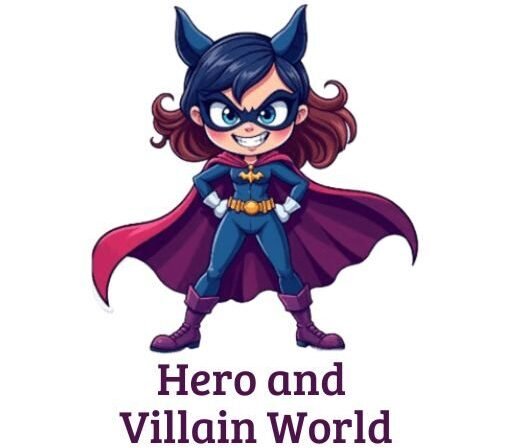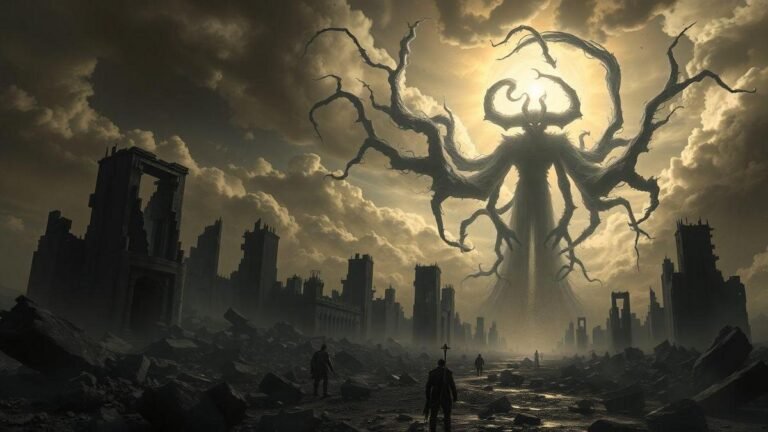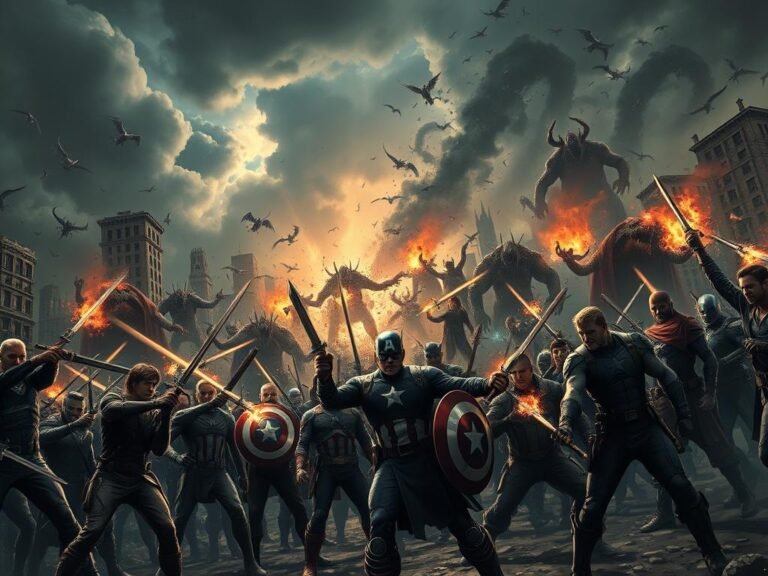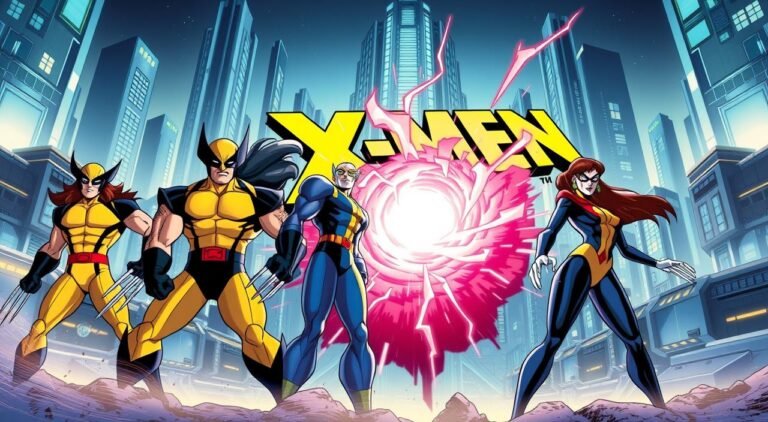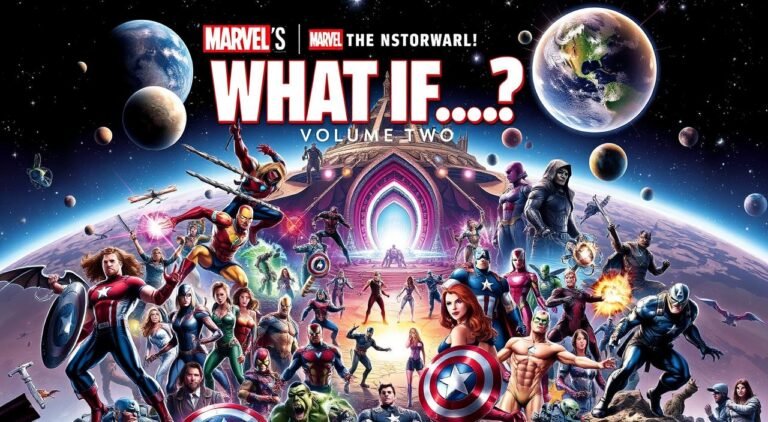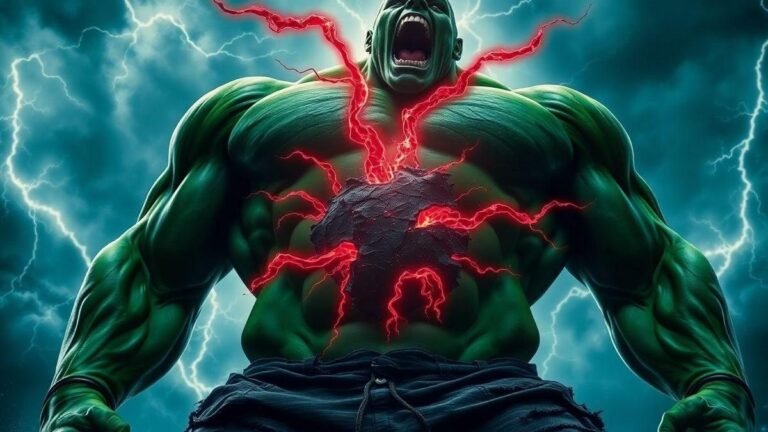Superman vs. Muhammad Ali: The Real Story Behind the Legendary Boxing Match Crossover
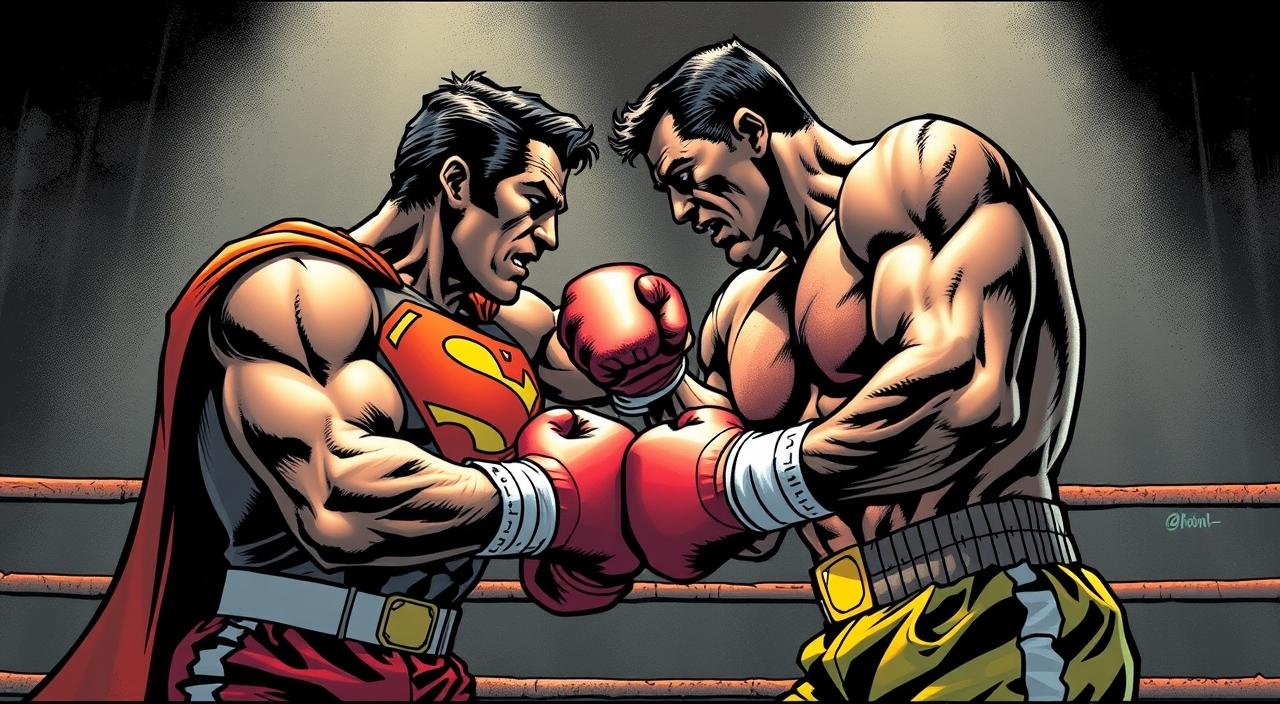
I’ll never forget the first time I stumbled across this comic in a dusty box at a garage sale. The cover grabbed me instantly – two icons, one in red-and-blue spandex, the other in boxing gloves, standing toe-to-toe.
It felt like discovering a secret history where pop culture and real-world legends collided.
Published in 1978, this story pits Earth’s greatest fighter against an intergalactic threat. Imagine my shock learning the fate of our planet hinged on a boxing match!
What hooked me wasn’t just the spectacle, but how it blended reality with wild imagination. Here was Muhammad Ali, the people’s champion, trading jabs with cosmic forces – and teaming up with a superhero to do it.
As a kid raised on Saturday morning cartoons, I marveled at the audacity. A comic where sports met sci-fi? Where the Man of Steel stepped aside so a human could carry the world’s hopes? It rewired my understanding of what stories could achieve.
This crossover didn’t just break boundaries – it danced on them. Through vibrant panels and snappy dialogue, it asked bold questions about heroism.
Could a man without powers outfight aliens? Would a godlike being humble himself for humanity’s sake? The answers still resonate today.
Origins and Unlikely Pairing of a Legendary Crossover
The late 1970s crackled with creative electricity in the comic book world. When artist Neal Adams and writer Denny O’Neil first pitched their “champion vs. champion” idea, editors blinked.
Mixing real-world sports with superhero fantasy? It felt like throwing a jab at tradition itself.
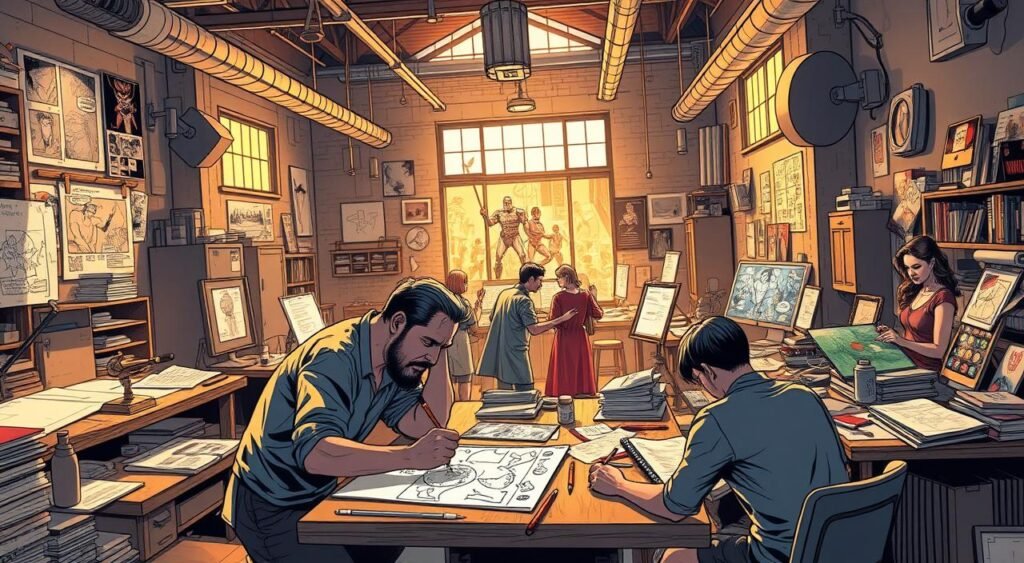
Creative Minds: Neal Adams, Denny O’Neil, and the Conceptual Leap
Adams once described the concept as “a dance between reality and ink.” The duo studied Ali’s footwork and interviews to capture his voice.
They even timed boxing matches to choreograph fight scenes. O’Neil later admitted, “We wanted readers to smell the sweat, not just see the punches.”
Their research bled into the plot. When Leon Spinks dethroned Ali in 1978, the writers scrambled to update dialogue. This real-time adaptation gave the comic an urgent, documentary-like feel.
The Comic’s Historical Context and Initial Reception
Released during America’s bicentennial celebrations, the publication tapped into national pride. But critics weren’t sure.
One review asked, “Since when do gods need human help?” Fans, though, devoured the mashup. Shop owners reported selling out within hours.
The gamble paid off. By blending gritty realism with cosmic stakes, this comic book proved stories could punch above their weight class. It became a blueprint for future crossovers – bold, unexpected, and utterly human at heart.
The superman ali crossover story: Plot Details and Behind-the-Scenes Insights
Few stories blend reality and fantasy as boldly as this 1978 showdown. At its core lies a boxing match with planetary consequences—an alien warlord demands Earth’s surrender unless our “greatest fighter” can triumph in the ring.
The United Nations scrambles to choose a champion, setting up a global vote that pits superhumans against athletes.
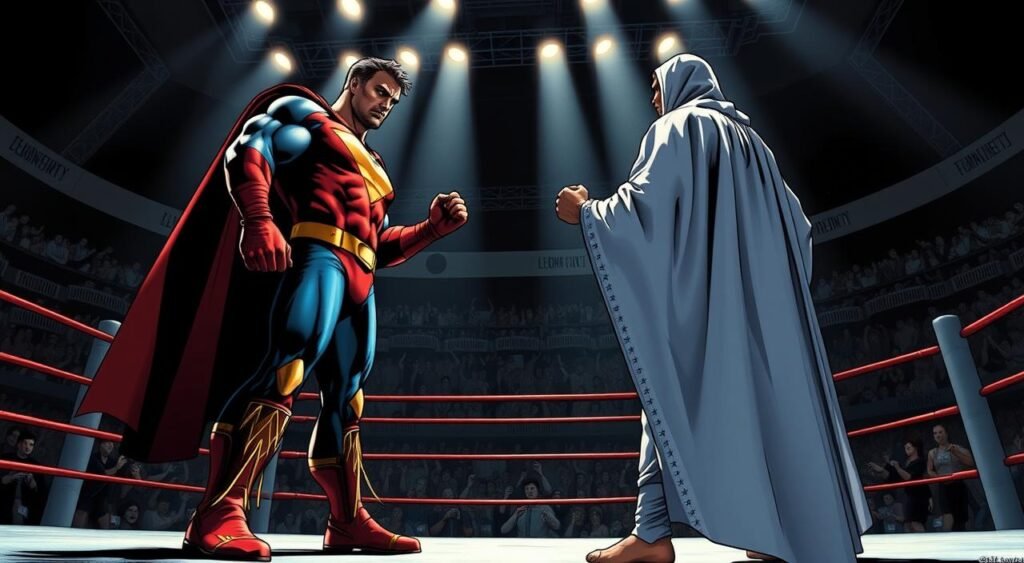
The Extraterrestrial Challenge and the Fight for Earth
When the world heavyweight champion steps forward, the story takes a daring turn. Writers depicted the boxer training against holographic aliens, showing his strategic mind.
The actual battle sequences mixed real footwork patterns with cosmic energy blasts—a visual clash of styles that kept readers guessing.
Midway through the fight, a shocking twist emerges. The alien opponent cheats using hidden powers, forcing Superman to secretly absorb excess radiation. This clever loophole let both icons shine without undermining human achievement.
Unveiling the Surprising Team-Up and its Narrative Twists
Behind the scenes, artists studied championship bouts to nail the ring dynamics. One layout sketch showed 12 consecutive panels timed to actual jabs from Ali’s 1974 boxing match against Foreman.
“We wanted readers’ hearts to race like they were watching live sports,” explained an editor’s note.
| Comic Element | Real-World Inspiration | Creative Adaptation |
|---|---|---|
| Champion Selection | 1976 Presidential Election | Global voting montage |
| Fight Choreography | Ali’s Rope-a-Dope tactic | Anti-gravity ring sequences |
| Alien Design | Disco-era light shows | Glowing epidermal patterns |
The story’s climax emphasizes teamwork over individual glory. By having the heroes combine strategic thinking with raw power, it celebrated what makes people extraordinary—even when facing interstellar odds.
Cultural Impact and Legacy in Comics and Beyond
When this comic landed in 1978, it wasn’t just a book—it became a blueprint for blending pop culture with social commentary.
I’ve watched its influence ripple through comic books, films, and even political discourse. The title’s boldness—pairing a real-world athlete with a fictional hero—rewrote the rules for storytelling.
Celebrity Appearances and Their Enduring Influence
The way Frank Sinatra and Christopher Reeve appeared in promotional materials felt revolutionary. Sinatra quipped, “If Ali can save Earth, maybe I’ll stick to singing.”
These cameos turned the comic into an event, proving celebrities could elevate sequential art beyond niche audiences.
Political, Social, and Artistic Ripples Across Generations
Artists began using comic books to tackle race and representation after this match. One 1980s writer noted, “It showed heroes don’t need capes—they need conviction.”
The story’s point about unity during Cold War tensions still echoes in modern graphic novels.
How This Crossover Redefined Superhero and Sports Narratives
Before 1978, most books kept athletes and superhumans in separate lanes. This title smashed those walls, inspiring ESPN’s “30 for 30” docs and Marvel’s representative team-ups.
Its legacy? Proving ordinary grit could outshine cosmic power—a lesson that still lands knockout punches today.
Conclusion
What stays with me most about this groundbreaking collaboration isn’t the spectacle—it’s the power of shared purpose.
By pairing a cape-wearing hero with a real-world fighter, creators showed how courage takes many forms. I still marvel at how Clark Kent’s quiet humility balanced the boxer’s fiery confidence, proving heroism isn’t about origin stories.
This fusion of ink and reality broke new ground. It reminded us that true power lies in bridging divides—whether between genres, cultures, or superhuman ideals.
Decades later, its message still lands: when facing impossible odds, unity becomes our greatest strength.
As someone who’s studied comics for years, I return to this story whenever I need inspiration. It doesn’t just celebrate icons—it whispers that every hero needs a partner, every fighter needs heart. That blend of grit and hope? That’s the knockout punch that never ages.
FAQ
Q: Who came up with the idea to pair Clark Kent with a real-world boxer?
A: Neal Adams and Denny O’Neil pushed for this collaboration. They wanted to blend pop culture with social relevance, and Muhammad Ali’s charisma made him the perfect choice. DC Comics even got Ali’s direct approval, which was rare for celebrities at the time.
Q: Why did the comic include an intergalactic boxing match?
A: The story needed high stakes. An alien race challenges Earth’s “greatest fighter,” forcing Superman and Ali to prove their worth. It wasn’t just about fists—it highlighted teamwork and humility, showing even heroes need allies.
Q: How did fans react when the comic first released?
A: Many were baffled! Mixing a superhero with a real athlete felt surreal. Over time, though, its boldness won praise. The oversized format and Adams’ art made it a collector’s gem, even if initial sales were modest.
Q: Did other celebrities appear in the story besides Ali?
A: Yes! Howard Cosell, the famous sports broadcaster, played a role. His inclusion blurred reality and fiction, making the stakes feel urgent. It was a clever way to ground the cosmic drama in something familiar.
Q: What lasting impact did this crossover have on comics?
A: It broke barriers. Before this, mixing real-world icons with superheroes was rare. The comic’s blend of politics, race, and spectacle inspired later crossovers, proving heroes could tackle real issues while saving the world.
Q: Is the comic still relevant today?
A: Absolutely! Its themes of unity and cultural pride resonate now more than ever. Collectors hunt for original copies, and modern creators cite it as a blueprint for bold storytelling. Plus, seeing Ali outsmart a Kryptonian? Timeless.
